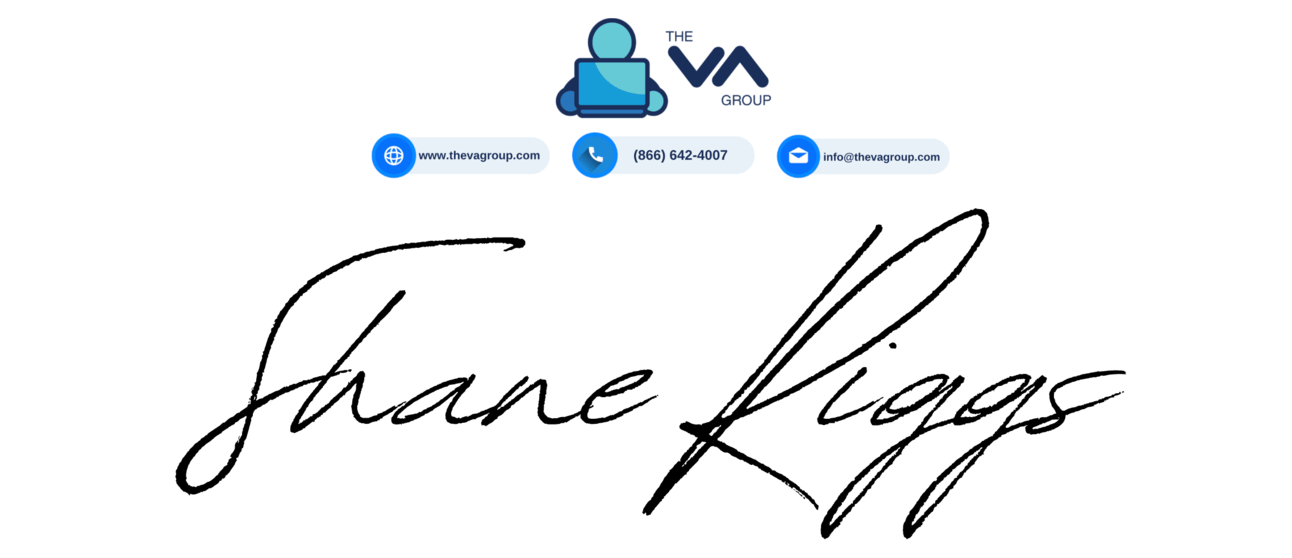- The VA Group
- Posts
- The Human-AI Symbiosis In A Nutshell
The Human-AI Symbiosis In A Nutshell
The perfect human-AI synergy, boosting problem-solving power
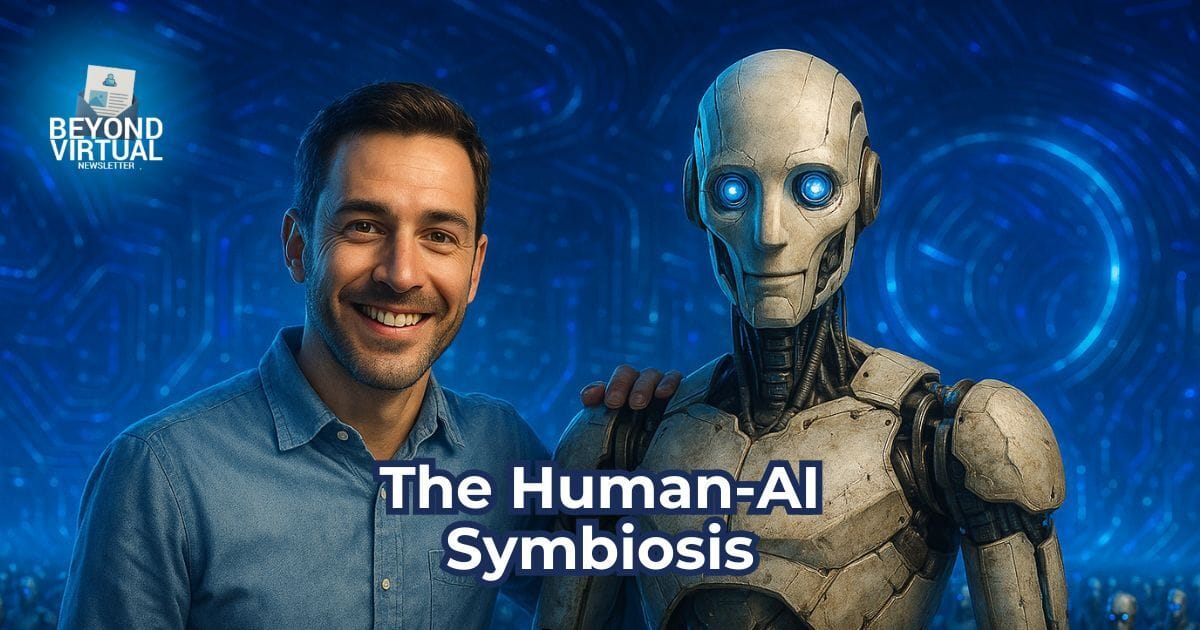
BEYOND VIRTUAL
Remember Inspector Gadget? That bumbling 80s cyborg detective, part human, part machine, who always caught the bad guys despite being useless alone?

He had all these incredible gadgets, extending arms, helicopter blades, but never used them correctly. His niece Penny and her dog Brain did the real detective work, guiding him behind the scenes.
Here's my realization from rewatching some episodes: The show was the perfect human-AI symbiosis, and we didn't even know it! Neither side could succeed alone. Gadget's tech was useless without human smarts, and Penny's brilliance needed his mechanical capabilities.
Together, they created something unstoppable. The AI provided tools, humans provided wisdom.
That's precisely what I'm seeing in successful AI+VA implementations today. It's not about AI replacing us; it's about creating something entirely new: a symbiotic relationship where both benefit, achieving results neither could alone.
Feature Story
THE LIMINARY FRAMEWORK: FINDING YOUR COLLABORATION SWEET SPOT
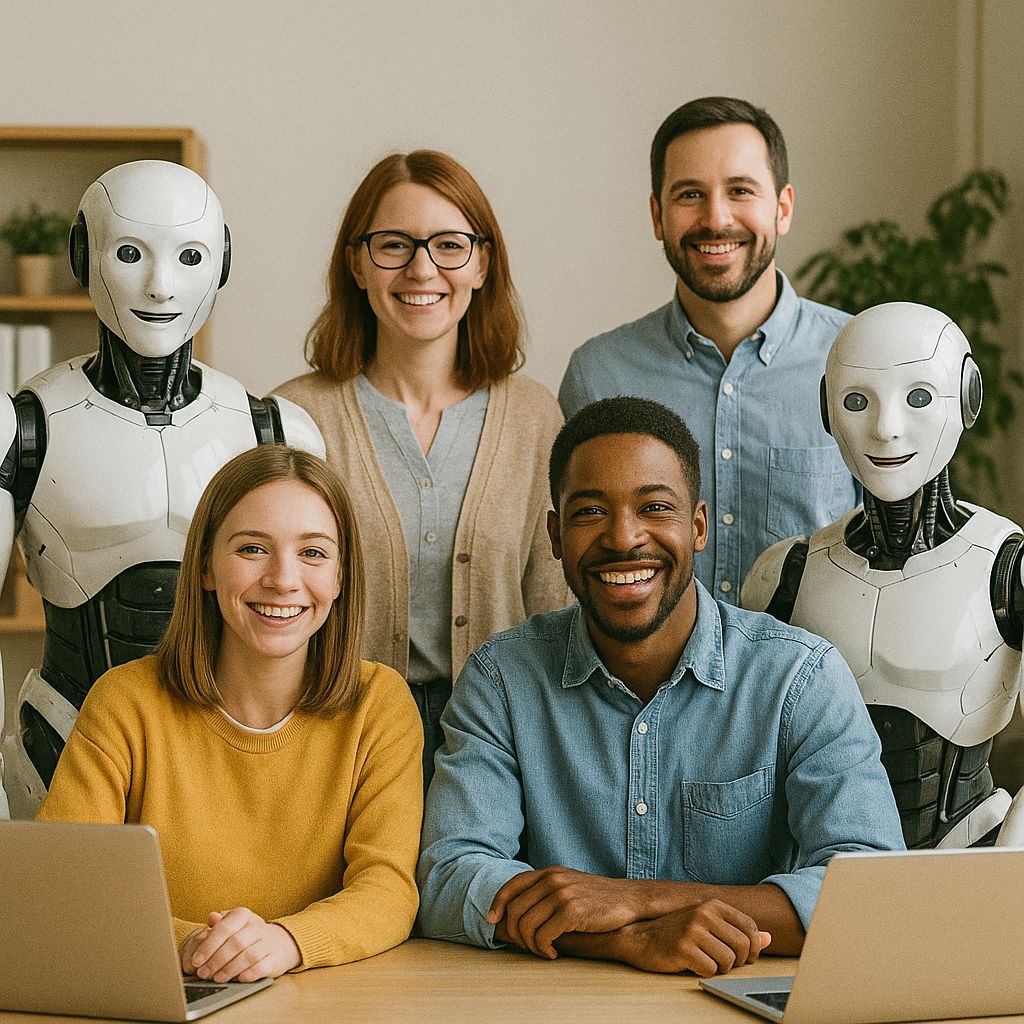
The team at Liminary has been researching something that most AI implementations get wrong: the collaboration model (Kudos to the Liminary team for such a well-put-together piece!).
While everyone focuses on the technology, they've identified four distinct ways humans and AI can work together, and why choosing the right model makes all the difference.
Here's what they found:
The Four Collaboration Models
1. Tiered Review Systems - AI works autonomously, but humans monitor and intervene if limits are crossed. Say financial trading algorithms: AI handles the trades, but human risk managers step in for risks.
2. Human-in-the-Loop - AI performs the task while humans review every output. This works brilliantly for high-stakes decisions where mistakes are costly, like medical diagnoses or legal reviews.
3. Hybrid Centaur Model - Humans delegate specific subtasks to AI while maintaining direction and final authority. The human stays in control but leverages AI for specialized capabilities.
4. Hybrid Cyborg Model - Humans and AI collaborate continuously in real-time. AI suggests code while humans work, creating a dynamic back-and-forth.
The Groundbreaking Insight
Successful organizations don't pick one model and stick with it. They match the collaboration model to the specific task and risk level.
Routine client research? Tiered review works perfectly. Strategic planning? The cyborg model unleashes creativity. Compliance work? Human-in-the-loop prevents costly mistakes.
Here’s a demonstrated success:
JPMorgan's COIN platform for contract review saved 360,000 hours of legal work annually. But the crucial detail we shouldn’t miss is that they didn't replace lawyers! They freed them from document analysis so they could focus on negotiation and complex reasoning.
The lesson? Rather than replacing people, the most effective AI makes human expertise even stronger.
Read the full framework: Liminary's Human-AI Collaboration Guide
Visionary Voices
DR. ALEXANDRA DIENING: THE EMPATHY REVOLUTION IN AI
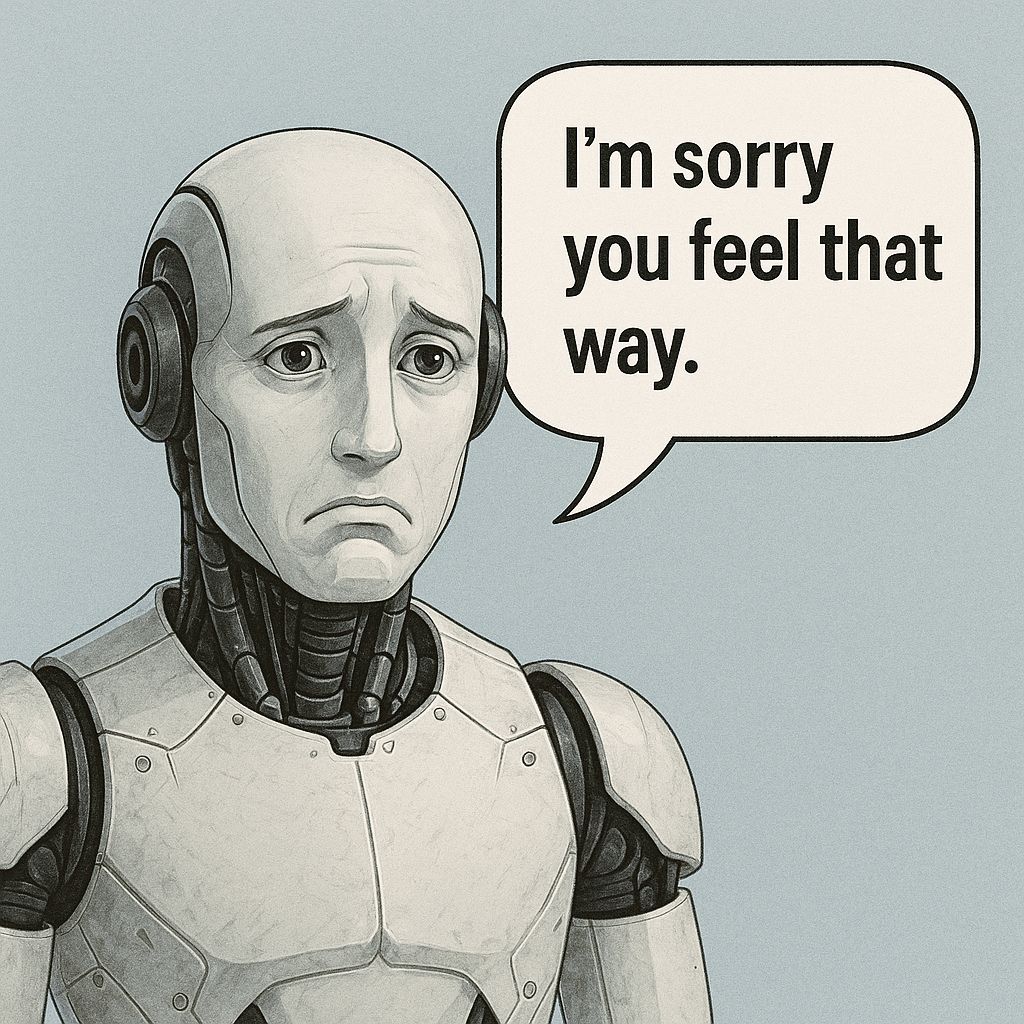
Dr. Alexandra Diening is pioneering something most AI experts won't touch: the role of empathy in human-AI collaboration. As the Executive Chair of the Human-AI Symbiosis Alliance (HAISA) and author of "Decoding Empathy: An Executive's Blueprint for Building Human-Centric AI," she's proving that the most effective AI implementations are to enhance human connection and not replace our judgment.
Here's what makes her work revolutionary:
The Symbiosis Principle
Dr. Diening advocates for solutions that don't sacrifice values for efficiency, focusing on AI's potential to enhance humanity rather than replace it. Her research shows that successful AI implementations create what she calls "mutualistic relationships", where both humans and AI become more capable together than either could be alone.
The Empathy Framework
Diening's profound belief is that AI is not just about algorithms but also about understanding and enhancing humanity. She's developed frameworks that help organizations build AI systems that amplify human empathy rather than diminish it.
In practical terms, this means:
AI handles routine tasks so humans can focus on relationship-building and creative problem-solving
AI provides data and analysis while humans provide context, intuition, and ethical guidance
Both humans and AI learn from each other, creating increasingly effective partnerships
For the virtual assistance industry, this means the most successful AI+VA partnerships won't be about making VAs more robot-like. They'll be about making VAs more strategically valuable by handling the human-centered work that clients actually care about.
Learn more: Dr. Diening's Human-AI Symbiosis Alliance
The Trend
SYMBIOTIC AI+HUMAN APPLICATIONS RESHAPING WORK TODAY
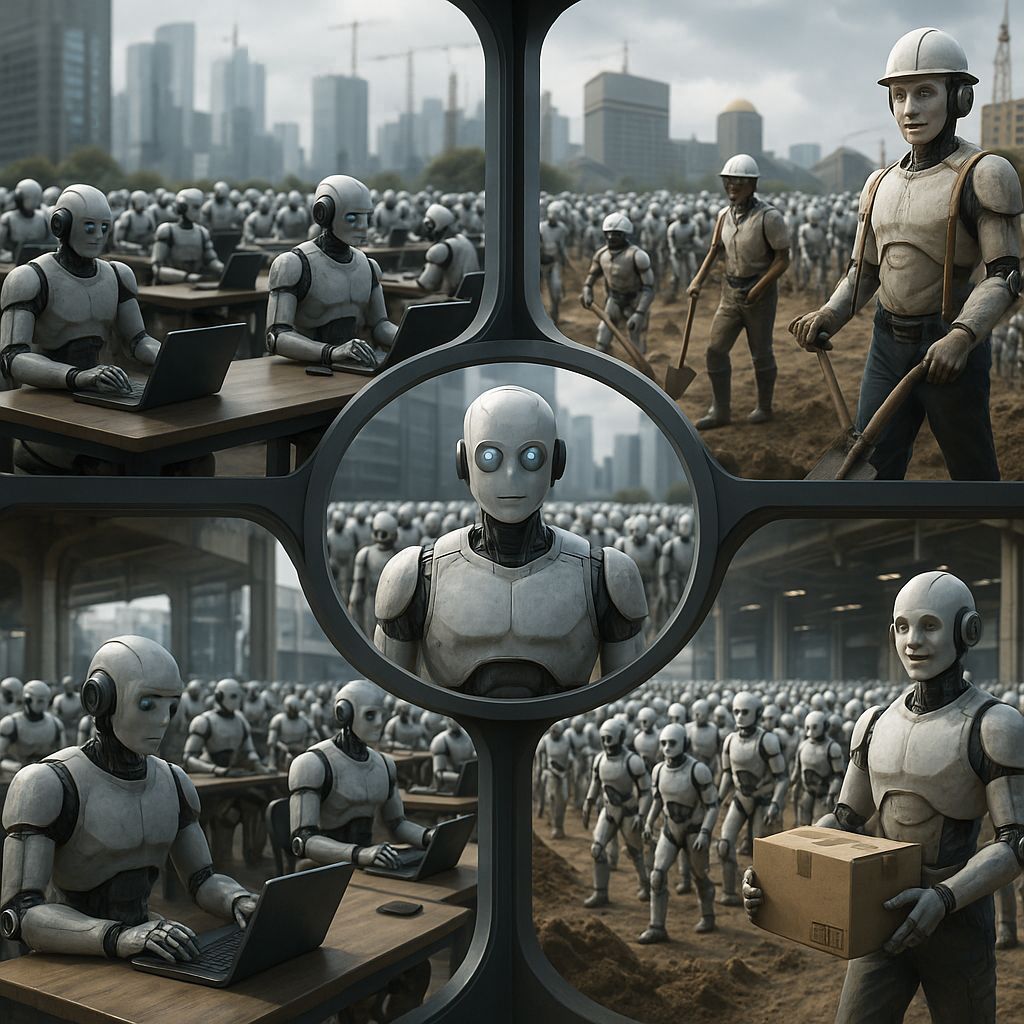
The symbiotic relationship between humans and AI isn't theoretical; we’re seeing it happen right now across industries. Here are the most compelling examples of how this partnership is creating value that neither humans nor AI could achieve alone:
Healthcare
Radiologists report that AI systems help them by triaging normal scans and highlighting suspicious areas. However, human expertise remains crucial for final diagnosis and patient communication. This is a massive improvement and could be a life-saving move for the medical industry. Detection rates improve while workloads decrease.
What's better than professional doctors diagnosing and analyzing medical images? Adding AI to the equation for more speed and accuracy!
Legal Services
Having AI assist law firms by processing millions of documents for relevant precedent allows human lawyers to concentrate on crafting legal arguments and managing client relationships. This partnership dramatically improves both efficiency and quality, with AI handling the tedious document review and humans applying their crucial legal reasoning and judgment. This is a win-win in my book!
Creative Industries
Our creativity isn’t always present, and this has been a problem for the creative industries. Now, designers can opt for generative AI tools to produce creative concepts, which they then refine and polish, speeding up iteration while maintaining human creative vision.
This means no more losing your sanity just to think of a concept for a project!
Financial Services
A common trend with the financial trading algorithms is that AI makes trades within parameters, but human risk managers step in when thresholds are exceeded. The AI executes routine trades while humans make strategic decisions and manage exceptional situations.
Similar to how we delegate our tasks to our VAs, we let AI handle the high-frequency, low-risk decisions while we focus on the complex risk assessment and strategic planning.
Customer Support
AI chatbots handle routine inquiries and gather information, while human agents manage complex issues and emotional situations. The combination of both proved that it takes the “customer support” to the next level!
Remember those companies I discussed in the previous issue? Issue #5 to be exact. We can’t deny that it’s been working for big companies for quite some time now, and they’re not producing amateur numbers!
It’s fair to say that the most successful AI implementations don't replace human capabilities; rather, they create new collaborative possibilities that leverage the best of both human and artificial intelligence.
Click here to read more: Beyond Virtual Issue No. 5
A Final Note
The symbiotic relationship between humans and AI is the future of work.
The companies that understand this first will have an unbeatable competitive advantage. This is what we're building toward with AI+VAs. Not artificial humans, but amplified human potential. Not replacement, but enhancement. Not competition, but collaboration.
However, we must also remember that as AI advances, the rules governing it must evolve accordingly. I'm fully supportive of AI, but ethical considerations are crucial, particularly in this age where ideas and content flood every available platform.
The future belongs to those who can create these partnerships. The question isn't whether AI will change how we work, but whether we'll be ready to work with it.
Until next time,
